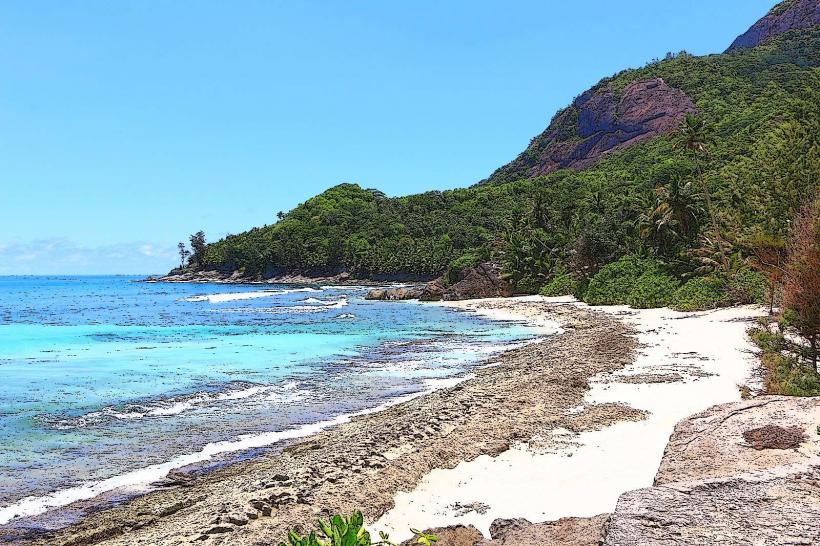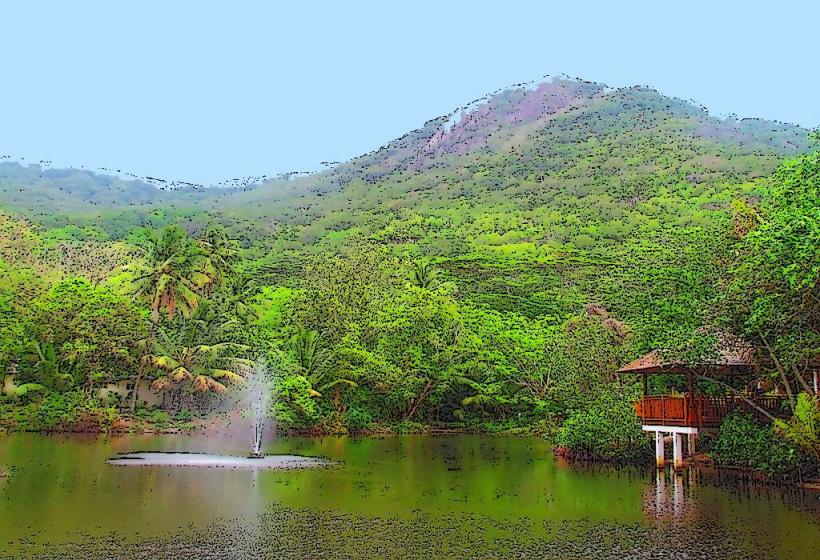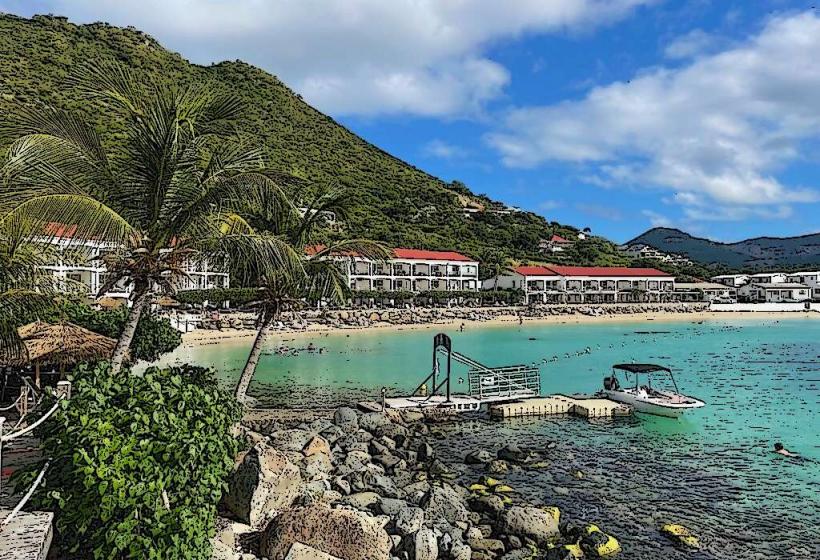Information
Landmark: Dauban MausoleumCity: Silhouette Island
Country: Seychelles
Continent: Africa
The Dauban Mausoleum is a historic site located on La Digue Island, one of the main islands of the Seychelles archipelago. It is the final resting place of the Dauban family, one of the prominent colonial families in Seychelles history. The mausoleum is a significant cultural and historical landmark, offering insight into the early colonial period and the influence of European settlers on the islands.
Key Features of the Dauban Mausoleum:
Historical Significance:
- The Dauban Mausoleum is the burial site of the Dauban family, notably Jean Dauban, who was a French settler and a significant figure in the history of Seychelles during the early colonial era.
- The Dauban family played a key role in the development of La Digue during the French colonial period. Jean Dauban is known for his involvement in the plantation economy and his contributions to the island's agricultural growth, particularly in coconut and vanilla cultivation.
- The mausoleum stands as a testament to the colonial influence on the Seychelles, as well as the role of European settlers in shaping the islands’ society and economy during the 18th and 19th centuries.
Architectural Features:
- The Dauban Mausoleum is a simple, but elegant structure built using local materials, consistent with colonial-era architecture in the Seychelles. The mausoleum features a stone construction, and it is adorned with some decorative elements that reflect the European influence of the time.
- The structure has a classic, neoclassical design, typical of colonial-era burial sites, with a central tomb and engraved plaques commemorating the members of the Dauban family.
- The mausoleum is situated within a peaceful setting, surrounded by lush vegetation, and offers a glimpse into the past in an otherwise tranquil environment.
Location:
- The mausoleum is located near La Digue’s main village, in the western part of the island. It is relatively easy to visit, as it is situated close to some of the island’s more well-known landmarks, such as Grand Anse.
- The area around the mausoleum is lush with greenery, contributing to its serene atmosphere. The tomb itself is set within a small, enclosed area, adding to its sense of privacy and reverence.
Visitors and Accessibility:
- The Dauban Mausoleum is accessible to visitors via foot or bicycle from the main village of La Passe. It is not located far from other tourist sites on the island, so it can be part of a broader exploration of La Digue's natural beauty and historical landmarks.
- The site is relatively quiet and not heavily visited, making it a peaceful spot to reflect on the history of Seychelles and the early settlers who helped shape the island's culture and economy.
- There are no major facilities or services around the mausoleum, so visitors are encouraged to bring water or snacks if planning to explore the area.
Cultural Importance:
- The Dauban Mausoleum is a significant part of Seychelles' cultural heritage, serving as a reminder of the colonial past and the contributions of early European settlers to the island’s history.
- The site is of interest to those who appreciate the historical evolution of Seychelles, as well as to those interested in the role of European colonialism in the Indian Ocean region.
Nearby Attractions:
- Grand Anse: One of La Digue’s most beautiful beaches, located relatively close to the mausoleum. The beach is known for its wide stretch of sand and crystal-clear waters, offering a scenic backdrop for the mausoleum.
- L'Union Estate Park: Another nearby landmark, this historic plantation features colonial-era buildings, including the old coconut mill and vanilla plantation, providing a broader understanding of La Digue's history.
Conclusion:
The Dauban Mausoleum is an important historical and cultural site on La Digue Island in Seychelles. It serves as a poignant reminder of the island's colonial past and the legacy of the Dauban family in shaping the island's development. For visitors interested in history and culture, the mausoleum offers a quiet, reflective spot to learn about the early European influence on the Seychelles archipelago. Its peaceful setting amidst La Digue’s natural beauty also makes it a worthwhile visit for those exploring the island's heritage.




